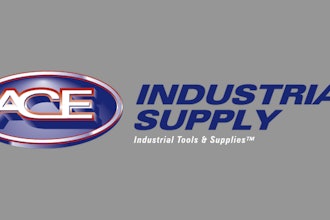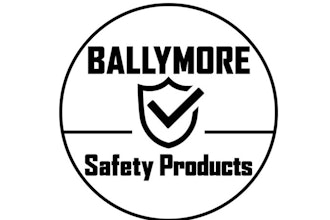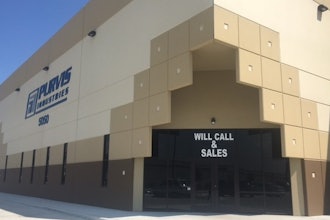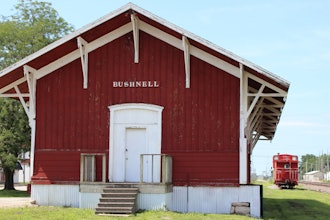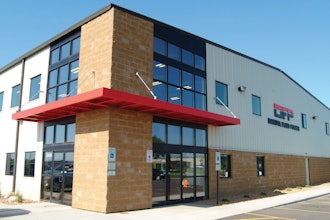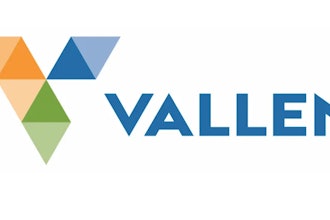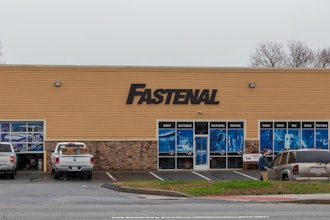Safety doesn’t have to be complicated, confusing, or costly. Here are five steps you can take to keep employees safe and costs down.
OSHA reported 860,000 cases of job-related injury and illness in 2006, resulting in 5,700 deaths. These injuries can be extremely costly, not only for the injured employee, but also for the companies. OSHA estimates that businesses spend $170 billion a year on costs associated with occupational injuries and illness.
Safety doesn’t have to be complicated, confusing, or costly. Here are five steps you can take to keep employees safe and costs down.
1.) Join a standards committee.
Joining a standards committee gives you first-hand knowledge of the newest regulations and legislation. Staying up-to-date gives you time to update safety measures, saving you time and money in the process.
To find out about committees, approach a standards organization and ask how to get involved. You can also search their website for available committees.
2.) Join an organization that provides trade shows and seminars.
By joining an organization that provides trade shows and seminars, you expand your knowledge base and mindshare. Trade shows and seminars are great opportunities to not only learn about new standard, but also to see new technologies available to help you meet those standards.Networking at these events also gives you the chance to utilize colleagues as sounding boards for issues or problems you may have with safety. In addition to organizations in your industry, check out insurance companies that handle workers’ compensation insurance. Quite often they will have safety information, as well as employer education seminars.
3.) Create an internal safety committee.
An internal safety committee is a great way to enforce safety regulations. Schedule monthly assessments of machinery and procedures to ensure that employees are performing duties in a safe manner. Monthly assessments also give you the opportunity to be proactive in solving issues before they become emergencies. To make the most out of your safety committee, consider sending members for training and further education regarding safety standards and regulations. Between trade organizations and government entities, it should be fairly easy to find a program that suits your needs. OSHA offers training and education either through the OSHA Training Institute (OTI) or through the OSHA Outreach Training Program.
4.) Benchmark another company that has a good safety history.
By benchmarking a leader in safety, you can assess your current safety policies and measures to ensure they line up with a company that has a proven track record with safety. Benchmarking allows you to see how other companies have handled similar situations and follow their lead. To find a company to benchmark, look for companies that have been recognized by OSHA as a Star site, the highest level of performance in OSHA’s Voluntary Protection Programs.5.) Schedule a plant and risk assessment with an outside safety company.
Companies that perform plant and risk assessments are experts in safety. They have knowledge of the newest standards and what steps need to be taken to implement the latest regulations. When a risk assessment is performed, a documented physical examination and inspection of either a single machine or an entire plant is carried out under the guidelines of applicable national and/or international standards. Safety improvement on existing machines can be prioritized and implemented based on known risks, thereby extending the working life of the machine. Early identification of hazards on new machines will save time and money by facilitating the integration of appropriate safety measures.
A typical risk assessment includes:
- Identification of applicable standards, regulations and best industry practices.
- Statement of machine limits.
- Examination of all hazards throughout the relevant machinery lifecycle phases.
- Estimation and evaluation of risk.
- Recommended approach for risk reduction.
For more information, please visit www.pilz.com/index.jsp.









